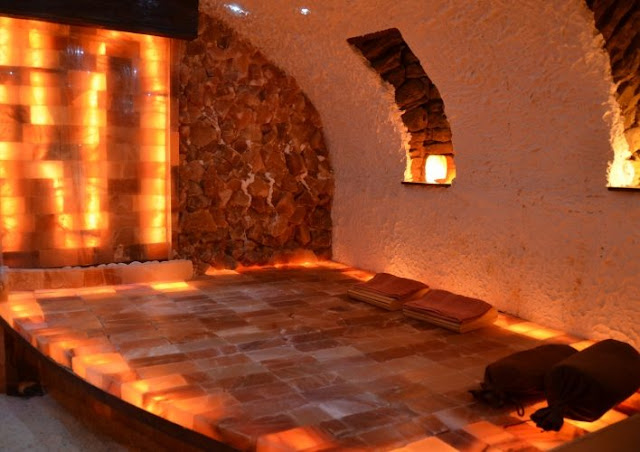Pink Himalayan salt is less processed than table salt and may contain trace nutrients and minerals. It may provide health benefits.
Pink Himalayan salt is a type of salt that’s naturally pink in color and mined near the Himalayas in Pakistan.
Many people claim that it’s loaded with minerals and provides incredible health benefits.
For these reasons, Himalayan pink salt tiles is often thought to be much healthier than regular table salt.
However, little research on pink Himalayan salt exists, and other people insist that these extravagant health claims are nothing more than speculation.
This article looks at the key differences between pink Himalayan salt and regular salt and evaluates the evidence to decide which type of salt is healthier.
Himalayan pink salt tiles wholesale is a naturally pink cultured variety of salt that is mined in Pakistan near the Himalayan Mountains of South Asia. Pink Himalayan salt is mined like rock salt; however, it is technically sea salt. Salt is a nutrient that might plays an important role in maintaining human health.
However, excess salt in our diet can lead to high blood pressure, heart disease, and stroke. Himalayan pink salt bricks wholesale is being used as an alternative to table salt due to its health benefits. Pink Himalayan salt has superior mineral content compared to table or sea salt. It contains lower sodium chloride compared to table salt. 1, 2
Pink Himalayan salt is a pink-colored salt extracted from the Khewra Salt Mine, which is located near the Himalayas in Pakistan.
The Khewra Salt Mine is one of the oldest and largest salt mines in the world.
The pink Himalayan salt harvested from this mine is believed to have been formed millions of years ago from the evaporation of ancient bodies of water.
The salt is hand-extracted and minimally processed to yield an unrefined product that’s free of additives and thought to be much more natural than table salt.
Like table salt, Himalayan salt tiles wholesale is mostly comprised of sodium chloride.
However, the natural harvesting process allows pink Himalayan salt to possess many other minerals and trace elements that are not found in regular table salt.
Some people estimate it may contain up to 84 different minerals and trace elements. In fact, it’s these very minerals, especially iron, that give it its characteristic pink color.


Comments
Post a Comment